Skin Resurfacing Chicago: Your Complete Guide
If you’ve been considering skin resurfacing in Chicago, then check out this complete guide that tells you everything you need to know.
What is skin resurfacing?
Skin resurfacing is a procedure that is designed to improve the quality of your skin’s surface by reducing dynamic wrinkles and fine lines, sun damage, skin laxity and issues with pigmentation. Different treatment options include chemical peels, laser surgery, and dermabrasion.
If you’re a man or woman who wants to improve the quality of your skin, then you will be a good candidate for skin resurfacing.
Let’s consider some of the main skin resurfacing options a little deeper.
Laser surgery
This is a procedure which involves removing the top layer of skin with the assistance of a carbon dioxide laser device. This type of surgery can improve the appearance of scars caused by acne, wrinkles, and damage to the skin due to sun exposure.
Dermabrasion
This is a procedure which works by removing the top layer of skin through controlled surgical scraping. This involves the use of a high speed rotating brush to help improve the appearance of wrinkles and smooth out the skin.
Chemical peel
This is another skin resurfacing option that involves the use of a chemical solution to peel away the top layers of your skin. There are three levels of strengths for the peel which include glycolic acid peel (considered the mildest option), the trichloroacetic acid peel (considered a medium option) and finally, a phenol peel (considered the strongest option).
The peel you use will depend on many variations including, your age, ethnicity, skin condition and more. All chemical peels can provide a more youthful appearance by smoothing the skin.
What happens during a skin resurfacing consultation?
During your initial consultation, your surgeon will examine your skin, discuss your medical history and any skin goals you wish to achieve from skin resurfacing.
Next, your surgeon will recommend a treatment plan and discuss all aspects of the procedure such as the use of anesthesia, the risks associated with the procedure, the recovery process and the costs. It’s also your opportunity to ask any questions you may have.
How long does the process take?
The length of skin resurfacing will vary depending on the specific procedure you have chosen to receive. It can be as quick as a 15-minute treatment or last up to one hour.
How long will recovery take?
Generally, it takes around 7-10 days for the layers of your skin to repair themselves after a skin resurfacing treatment. However, in some cases, your skin may appear pink for up to four weeks after the initial 10 days. Makeup can be used to help cover this.
It’s recommended that you take a week off work to recover and light exercise can occur one week after the procedure. You should wait a couple of weeks to undertake any strenuous activities.
Are there any risks?
All treatments come with some form of risk. For skin resurfacing, the risks may include hypo or hyperpigmentation, scarring or prolonged redness.
We hope you’re more informed on skin resurfacing, and if you’re ready to take the step to younger and smoother skin, then book your consultation today.

















